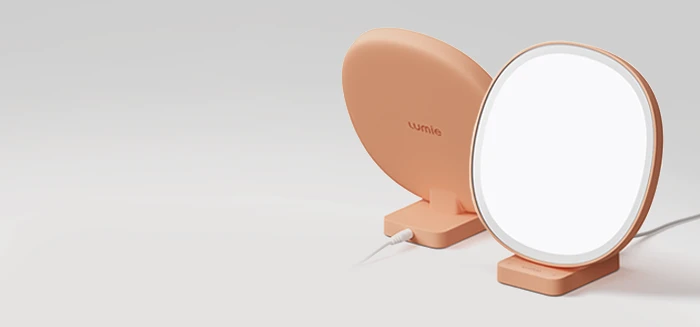Top Tips: Lighting and Dementia Care
Clinical research has shown that light can help correct the rest/activity cycles of ADRD patients (there's also some evidence it can help with agitation and aggression as well as depression in this group) so here are some ideas for improving the lighting either at home or in a care setting:
In general, lighting for ADRD sufferers needs to be much brighter than normal indoor lighting to counteract the loss of visual acuity that occurs with aging. Good lighting and an enhanced visual environment often results in renewed interest and optimism patients may regain mobility and remain more active. Try to achieve high levels of illumination whilst still maintaining a homely feel.
Lots of studies have shown that bright light therapy (at least 1,000lux) for two hours each morning had a variety of benefits: improved nighttime sleep, increased daytime wakefulness, reduced evening agitation and better rest/activity patterns overall. Bright light therapy doesn't involve extra effort or time; for example, patients can have a light box switched on whilst they're watching TV or having breakfast.
Try to keep light at a a similar level throughout the room as uneven brightness patterns can produce frightening shadows causing agitation and confusion. Where transitions are necessary - for example, between outside daylight areas and indoor spaces - changes should be gradual as older eyes adapt much more slowly to changes in light levels.
Direct glare, which comes from inadequately shielded light sources, must be avoided. Looking directly into bright light, whether that's sunshine through a window or at a bare bulb, is not healthy for anyone but damage may be even more noticeable in the elderly. Reflected glare is created by strong light bouncing off smooth, reflective surfaces. Reducing glare not only contributes to comfort, it also helps to minimise falls and maximise attention span.
Sunlight stimulates the circadian and neuroendocrine systems that regulate the body's entire system so, where possible, make the most of it by getting outside. Large windows and conservatories are nice but bear in mind that light levels quickly drop away from them; patients 3-4 metres from a window may not receive enough light to have a circadian effect, even on a bright, sunny day.
Provide specific task lighting when necessary so patients can see and enjoy what they're doing instead of becoming frustrated. Desklamp offers both light therapy and effective task lighting in one!
Lighting shouldn't distort the true colours of the environment or the people who live in that environment. Elizabeth Brawley, author of Designing for Alzheimer's Disease, says "Cool-white fluorescent lamps are known by designers as 'cruel white' because this light is deficient in both the red and blue-violet areas of the lighting spectrum. Cool-white light loses its warmth and aliveness and the skin takes on a lifeless pallor." Choose bulbs with higher colour-rendering indexes (CRI) instead - triphosphor tubes with 80-91 CRI will produce better colour differentiation and more vibrant colours.
Careful attention to nighttime lighting can help reduce the risk of falls - ADRD sufferers are three times more likely to fall than healthy older adults and they take much longer to heal. Strips of LEDs around doorways and along pathways (e.g. to the bathroom) were found to work better than leaving a dim nightlight on in these areas.
Sources: Light Therapy and Alzheimer's Disease and Related Dementia: Past, Present, and Future J Alzheimers Dis. Jan 1, 2013;33(4):913-922. Read the full article
Designing for Alzheimer's Disease: Strategies for Creating Better Care Environments Elizabeth Brawley. ISBN: 978-0-471-13920-1. This book draws on Brawley's extensive professional background in design for aging environments and her own family's experience with Alzheimer's disease.




